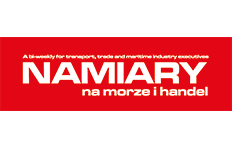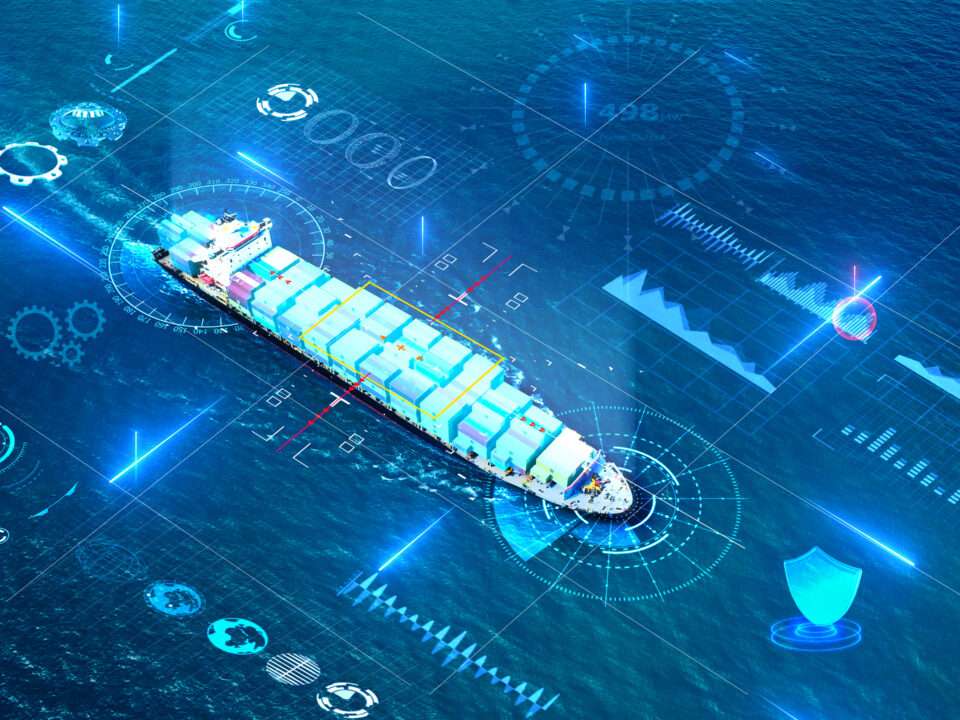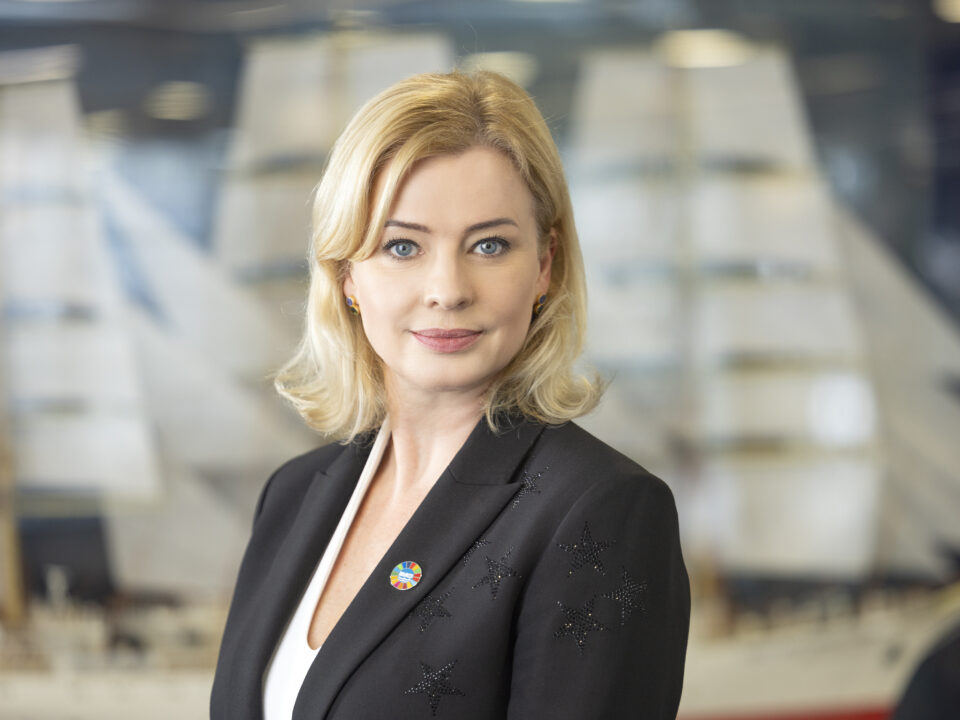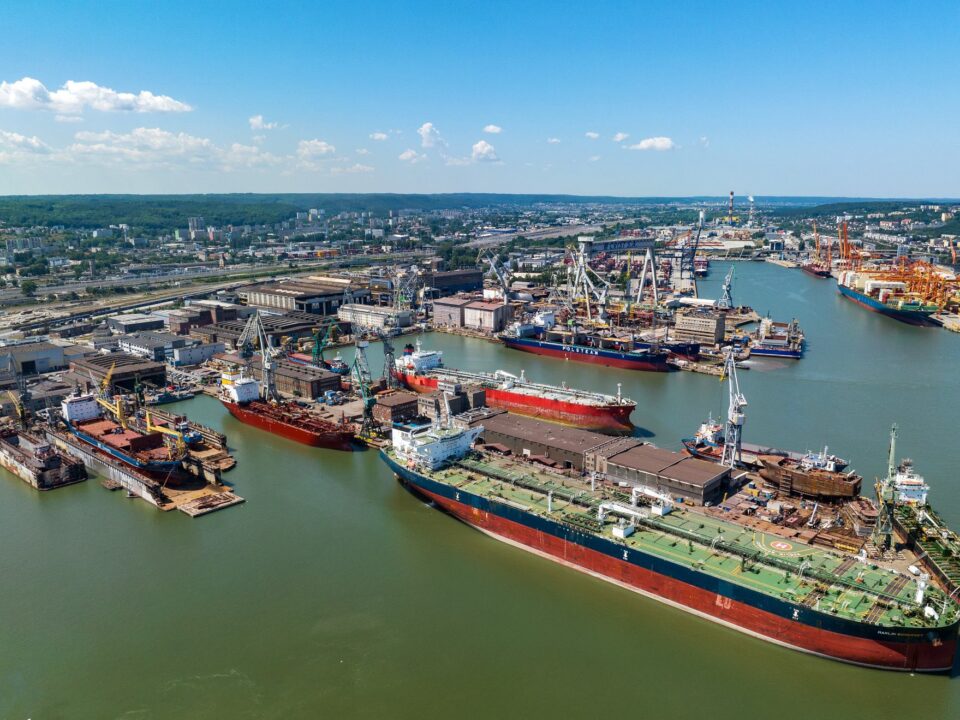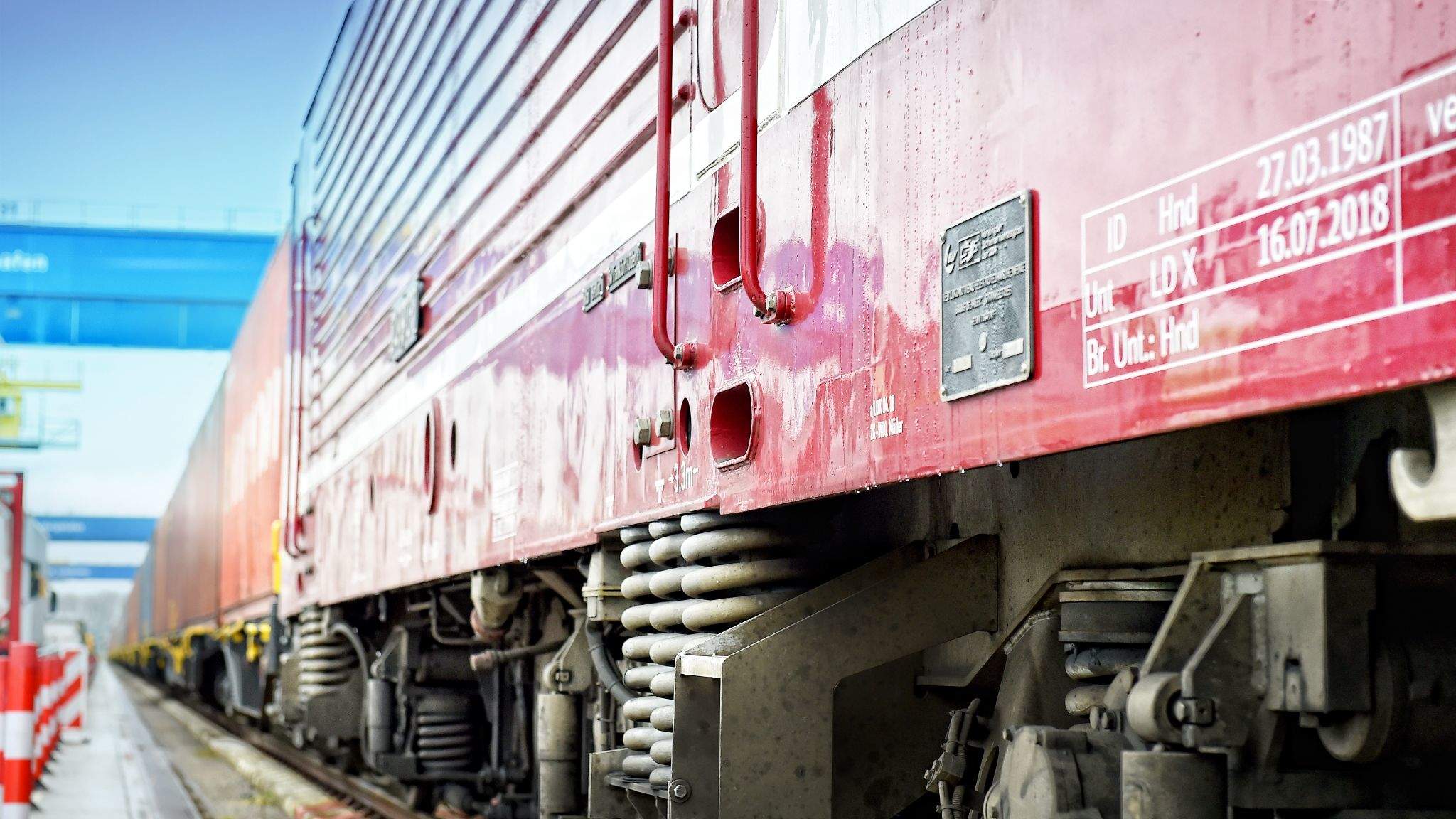
The war in Ukraine and supply chains
19 June 2023
Cyber security of ports a top priority
27 June 2023The years 2020 – 2022 will definitely go down in history as record years for the container shipping industry in every respect – volume transported, freight rates or port congestion. Nonetheless, the container shipping industry entered 2023 with doubts that the years of prosperity would not backfire in the coming months. Although the experience of the previous 20 years does not indicate this.
The year 2022 has become a landmark year for container shipowners both globally and locally – in the Baltic Sea region. Since the first quarter, we have seen a dynamic decline in freight rates on most shipping routes. The SCFI index fell from 5,000 to nearly 1,000 points during the year, a clear harbinger of the coming economic slowdown. Eyewitness evidence of this was the maiden voyage of Ever Atop (24,000 TEU capacity), during which, as experts estimate, the ship was not even ¾ full. Finally, the results of port transshipments leave no illusions – both Gdańsk and Gdynia recorded declines in container transshipments in 2022; similar declines were recorded last year by the ports of Hamburg or Rotterdam. At the same time, dynamic growth in container handling (more than 50%) was recorded by the port of Klaipeda; single-digit increases were recorded by ports in Finland or Latvia.
Meanwhile, this year is also the time for the acceptance of large vessels ordered by shipowners in late 2020 and early 2021. The order books of the largest shipowners indicate a future average increase in disposable tonnage of more than 20%. MSC boasts the largest portfolio (39%), while Maersk closes the list with an 8.5% increase in disposed tonnage. Demand fluctuations in 2020-2021 associated with the COVID-19 pandemic and increased consumption have led to abullwhip effect in container shipping, today visible in the form of a significant oversupply of available ship space.
In such market conditions, shipowners’ decisions will be dictated by limiting losses by maximizing the filling of units on each service. The most common solution for such a situation is blank sailing. Thus, already in the first weeks of 2023, shipowners canceled about ¼ of scheduled departures on the Asia-Europe route. Accumulation of cargo weight can be supplemented by changes in the schedule by adding more ports to the line’s schedule.
The ongoing conflict in Ukraine is not without influence on the shape of shipowner services in the Baltic. Cargoes of consignees from Ukraine are routed to ports in Poland, Germany or Lithuania. At the same time, sanctions imposed on the Russian Federation are severely limiting the number of services calling at Russian Baltic Sea ports in favor of transshipment increases at ports in the Baltic States or Finland. In the coming months, this phenomenon can be expected to deepen and the feeder network will be intensified or higher capacity feeders will be included in the Baltic services.
In general, according to the authors, we are slowly reaching the optimal limit of container ship cargo capacity somewhere around 24,500 – 25,000 TEUs, and this is the limit of economic viability based on market conditions, not the technical limit. This is influenced, among other things, by the handling capacity of terminals, the weekly cyclicity of ocean services, the amount of cargo weight collected for transportation during the week, and the filling of the supply side with services. The post-pandemic lesson of nearshoring and reindustrialization, although not on a full scale, is nevertheless making itself felt in world trade, by which it will certainly slow down the growth rate of international trade realized between Asia and Europe and Asia and the USA. Stabilized container services similar in capacity to current ones will follow. We will see further increases in demand for sea container shipping on the Europe – USA line, where these needs will be filled by increasingly larger units, up to about 20,000 TEUs.
Extraordinary profits, and consequently order portfolios for new vessels, are creating a new balance of power among shipowners. MSC’s positioning as the market leader in terms of disposed and ordered tonnage with a large lead over Maersk Line started speculation in late 2022 about the future of the 2M alliance. In January 2023, speculation was quashed by a joint statement that the alliance would end after January 2025. And while the agreement remains valid for two more years, we can expect both sides to start individual market operations much sooner. The future of the Ocean Alliance is also quite uncertain. Here, CMA-CGM this year announced a slot share agreement on the FAL3 service with Hapag-Lloyd remaining in The Alliance with ONE, HMM and Yang Ming. Perhaps, then, this is the beginning of the end of the era of shipowner alliances, or simply another deal of cards in the container shipping market. The fact is, on the other hand, that any reshuffle will not go unnoticed in the Baltic market. The dissolution of 2M is already raising speculation about MSC’s future at the Baltic Hub and possible permanent ocean calls to Gdynia or Klaipeda. Globally, on the other hand, the breakup of the 2M alliance with a high degree of certainty could become the beginning of a price war and exacerbate the erosion of freight rates.
Record profits for shipowners in past years have significantly fueled the process of vertical integration within supply chains. Shipowners are increasingly bold in reaching out to acquire TSL companies – recall, for example, the acquisition of Ceva Logistics by CMA-CGM. Moreover, in recent weeks there has been speculation about Maersk Line’s desire to acquire C.H. Robinson, a global logistics operator. However, it can be assumed that in light of the decline in demand and thus, the financial performance of shipping companies, this process may be significantly halted in the coming months.
Article developed with Namiary na Morze i Handel magazine
phot. Namiary na Morze i Handel magazine
